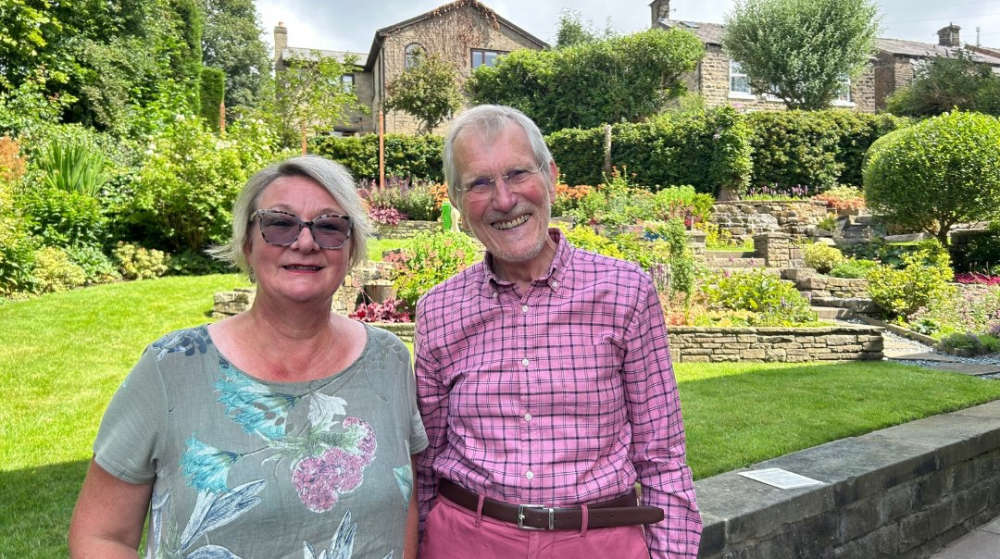
Glossop was recently invited to step back in time, as the gardens of a historic house on Slatelands Road were opened to the public.
Built in the 1860s by local philanthropist Robert Kershaw, the beautifully maintained gardens at Slatelands House were opened in tribute to his lasting contributions to education in Glossop. Current owner Ian Laybourn hosted the event to celebrate Kershaw’s enduring legacy and to raise funds for local charity Reuben’s Retreat.
The stunning garden at Slatelands House is the work of acclaimed garden and landscape designer Janet Leigh - known as ‘The Landlady’. Janet’s previous prestigious work includes the renowned and poignant garden at Manchester’s Pankhurst Centre, which pays tribute to the suffragette movement.
A friend of Ian’s through the Glossop Garden Club, Janet was thrilled to be invited to bring the Slatelands House gardens to life. “I got involved in January 2022,” she said. “Ian taught me about Robert Kershaw, and I realised just how remarkable he was. It’s been a joy to collaborate with Ian on the garden - he’s given me the freedom to be creative, and as two perfectionists, we’ve ensured that everything is just right.”
Ian echoed the sentiment, agreeing that the partnership worked beautifully and added, “This is such a wonderful legacy, and I feel very proud to be part of its history. I’m incredibly lucky to live here.”
As a director of the Glossop Heritage Trust, Ian has written an insightful piece on the life and work of Robert Kershaw, further honouring the man whose vision helped shape modern-day Glossop.

‘A Truly Remarkable Man’ by Ian Laybourn
Robert Kershaw was a truly remarkable man, whose quiet dedication to education and social welfare transformed countless lives in Victorian Glossop.
Although he lived here for only two years before his untimely death, his house, which he named ‘Slatelands Cottage’, represents the culmination of a life entirely devoted to helping others.
Born on 18th December 1804 in Hollingworth, Robert Kershaw came from a family of mill workers who had moved to Glossop to operate the local cotton mills. By eighteen, he had already begun his lifelong mission as a Sunday School teacher, and unlike many successful businessmen of his era, Kershaw chose to remain unmarried, instead dedicating his life and fortune to what he called “raising the moral tone of the working classes.”
Kershaw’s most visible legacy was the Kershaw Institute on Kershaw Street, which was named in his honour. He built the Institute entirely at his own expense of £400 - equivalent to tens of thousands of pounds today. Opened in November 1859, the remarkable institution provided education to working men and women who would never normally have such opportunities.
The Institute’s library contained over 900 carefully selected volumes - books that cost over £260. All were personally chosen by Kershaw himself, and for just one penny per week, both men and women could attend classes, take written examinations and access this treasure trove of knowledge.
What made Kershaw extraordinary was his personal involvement. He didn’t simply fund the Institute – he taught there himself, patiently conducting evening classes and personally grading examinations.
Kershaw’s philanthropy extended far beyond formal education. He operated night schools at multiple locations throughout Glossop, including Whitfield Church School, where he taught for over ten years.
His approach was revolutionary for its time. Rather than the condescending charity typical of the Victorian era, Kershaw treated working people as equals deserving of respect and opportunity. He visited the sick, comforted the bereaved, and provided financial support to those in need - all without fanfare or expectation of recognition.
Kershaw’s time at Slatelands Cottage was tragically brief. He moved there in September 1862, full of plans for expanding his educational work. However, in January 1864, after a brief illness possibly brought on by “excessive mental labour,” he died at the age of 59, with his death sending shockwaves through the community he had served so faithfully.
The public response to Kershaw’s death revealed the true measure of his impact. On the day of his funeral thousands lined the streets, and as the ‘Glossop Record’ observed, “scarcely a dry eye was to be seen” among the mourners. His funeral sermon was preached at various places of worship - all packed to capacity with those whose lives he had touched. He was buried in the family vault at Tintwistle.
Through the open garden event, visitors can stand where Robert Kershaw spent his final months, surrounded by the beauty he created and the tranquillity that provided respite from his demanding charitable work. Though his time there was brief, the house represents the fulfilment of a life’s ambition - to create a place where he could continue his mission of education and service.
Kershaw’s story reminds us that true philanthropy isn’t about grand gestures or public recognition - it’s about the quiet, consistent work of making life better for others. In an age when newspapers were rare, his good works were known mainly to those he helped directly. Only in death did the full scope of his generosity become apparent to the wider world.
In the words of his memorial service, Kershaw “lived only to do good”. His legacy lives on, not in monuments of stone, but in the countless lives he touched, the minds he opened, and the hope he gave to those who had been forgotten by society.
Robert Kershaw proved that one person, living with purpose and compassion, can indeed change the world - one student, one family, one act of kindness at a time.
When Robert Kershaw died in 1864, his vision lived on through his sisters, Margaret and Mary. These remarkable women not only preserved their brother’s legacy, but expanded it by purchasing the freehold of the property and formally establishing it as a charitable institution.
As society changed, so too did the Institution. In 1913, recognising the growing role of public education, the building was transferred to the Borough of Glossop. An Order from the Board of Education in Whitehall decreed that the Kershaw Fund should continue supporting the building’s upkeep, ensuring that Robert Kershaw’s investment would endure.
The 1924 lease to Derbyshire County Council and the subsequent 1944 Education Act represented the Institution’s integration into the broader public education system.
In 1972, the building found a new purpose when it was sold to the Trustees of the “Glossop, Hadfield and District Local Society for Mentally Handicapped Children.” This transition represented a continuation of the Kershaw legacy – using the building to serve those who needed support and care within the community.
Today, the former Kershaw Institute stands as a sensitively restored private building, housing a dental practice. The gritstone used in its construction is believed to be the same material used for Slatelands House, creating a physical link between Robert Kershaw’s home and his greatest philanthropic achievement.
A lasting legacy: From Slatelands House, Robert Kershaw looked out on his community and saw not just mill workers and labourers, but minds hungry for knowledge and improvement. His institute became a catalyst for countless personal transformations, as working people gained access to ideas and learning that elevated their understanding of the world and their place within it.
The Kershaw Institute stands as a testament to the belief that education is not a privilege to be hoarded, but a gift to be shared – a philosophy that continues to inspire today.




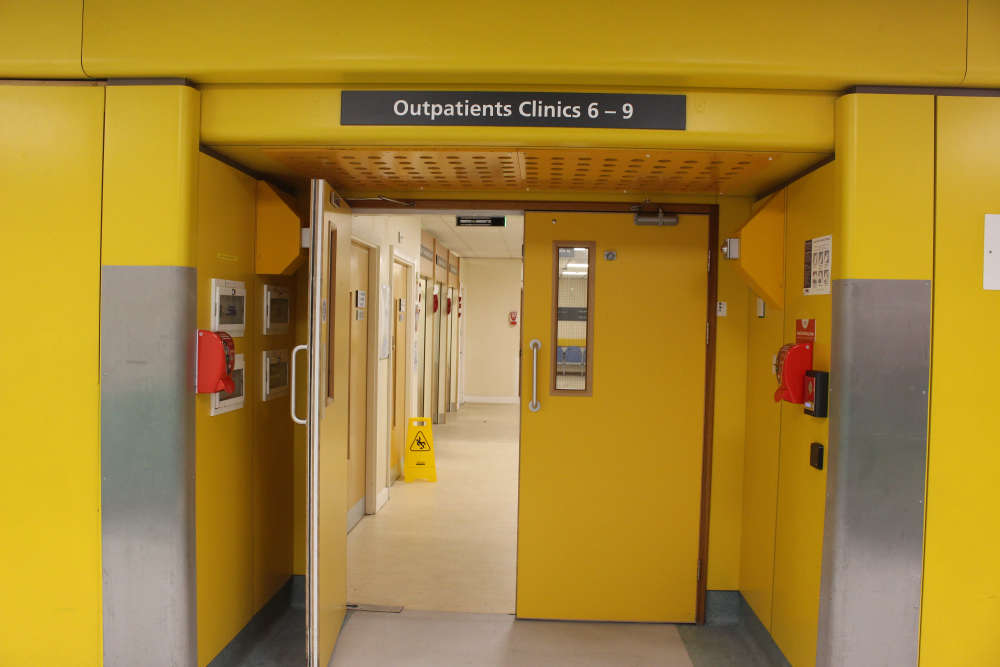 Tameside Hospital’s Women’s Health Unit set for transformation
Tameside Hospital’s Women’s Health Unit set for transformation
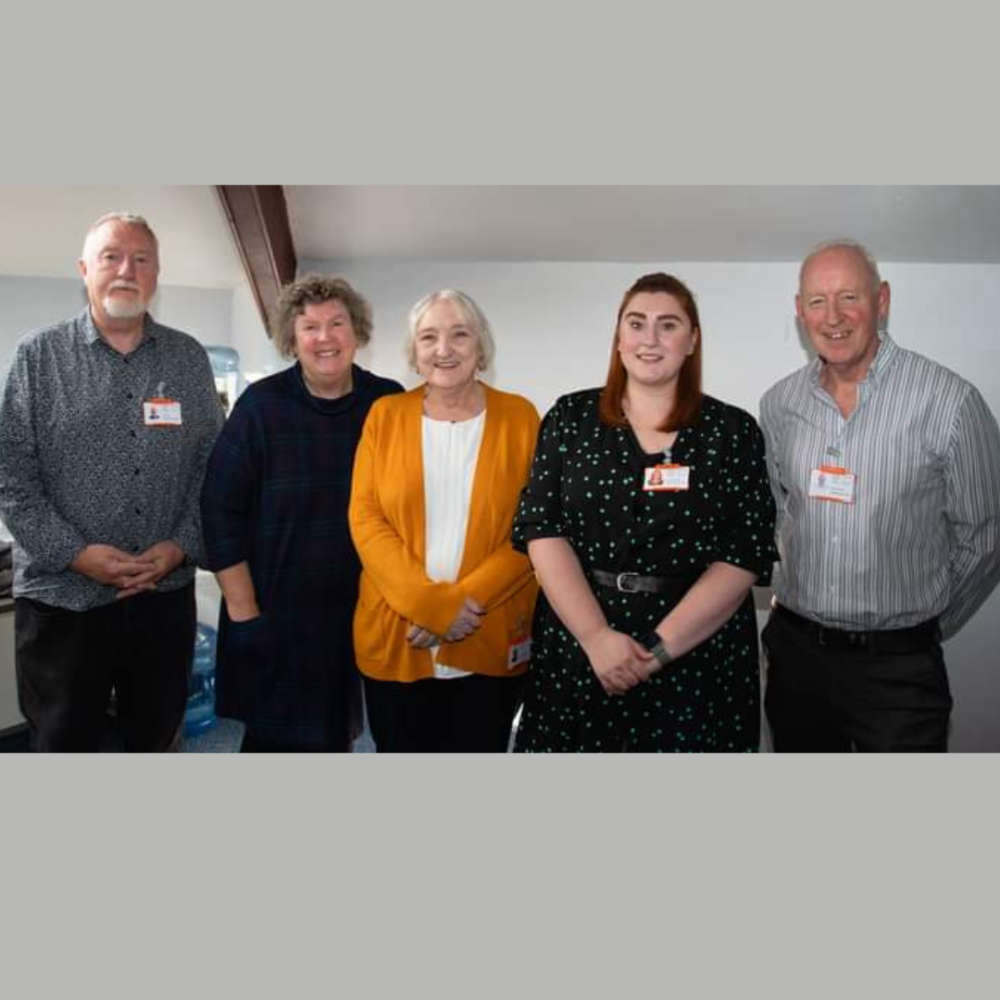 Extra Time empowers older adults
Extra Time empowers older adults
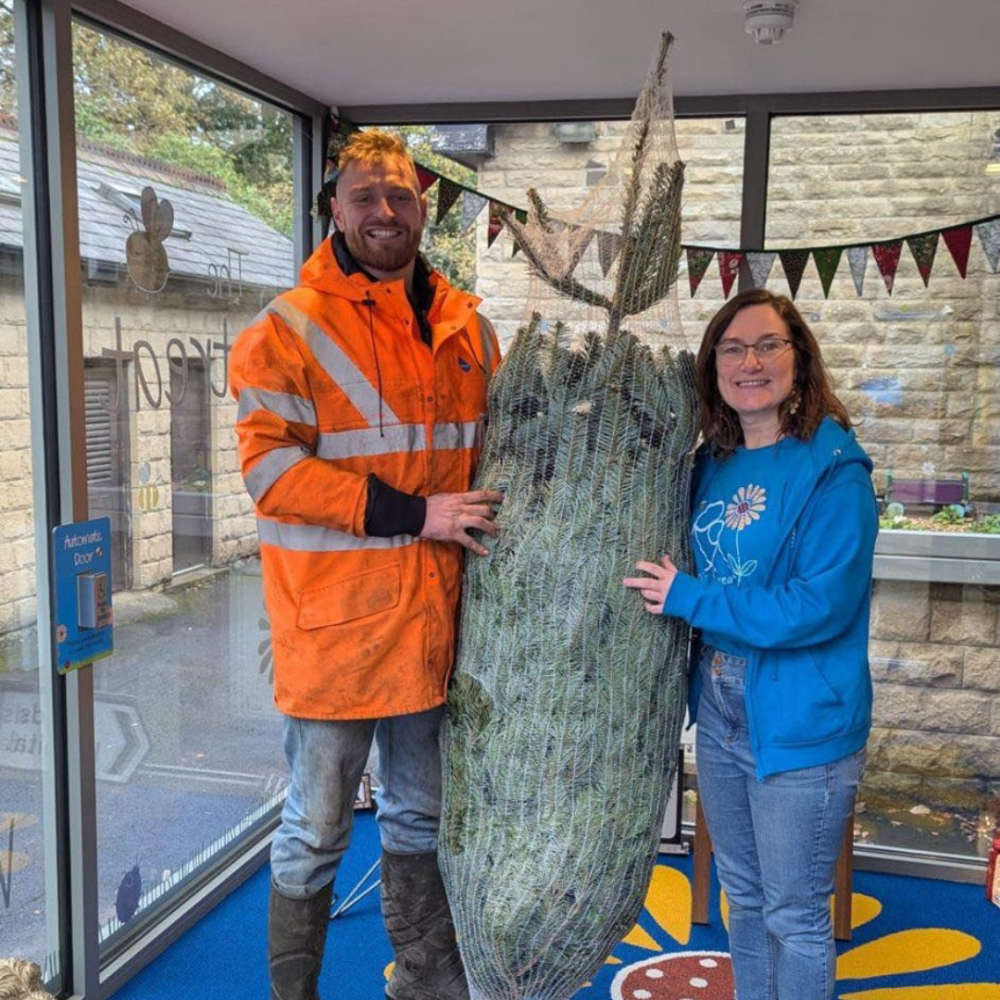 Generous Glossop business owner spreads warmth this winter
Generous Glossop business owner spreads warmth this winter
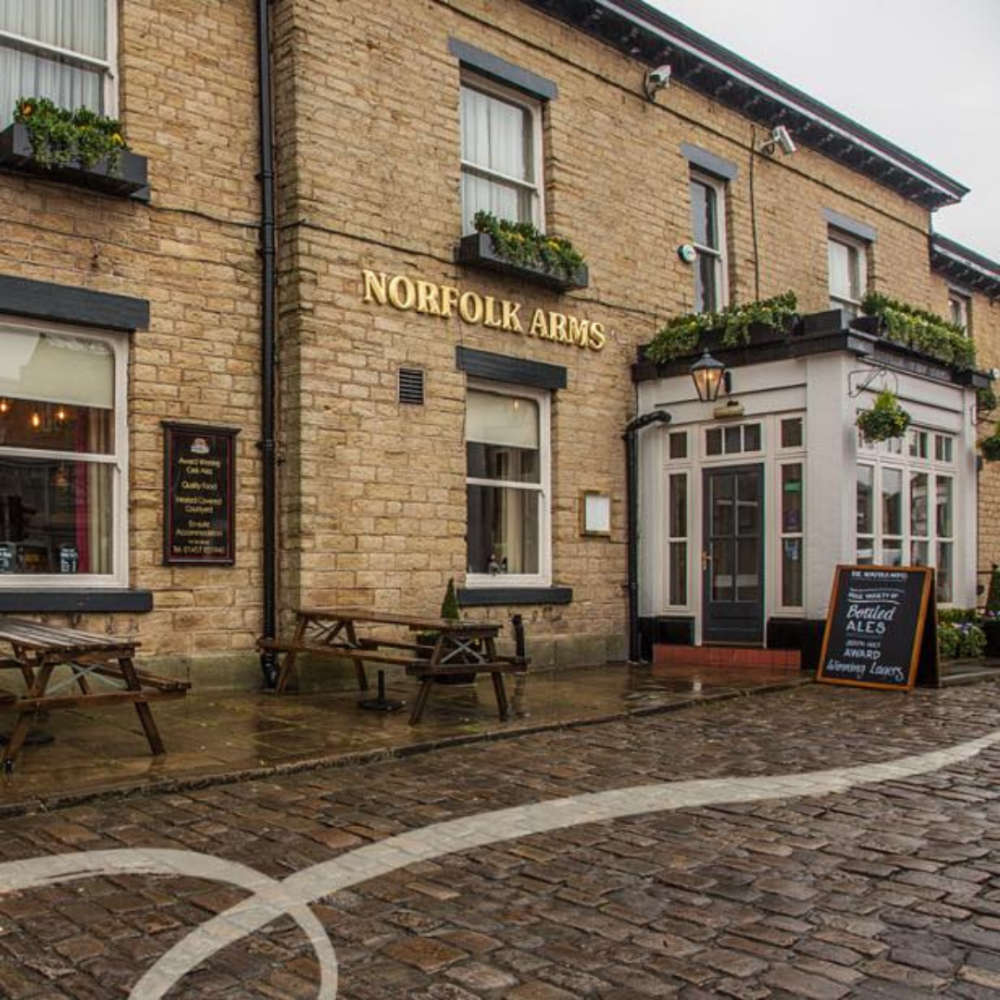 Award-winning pub brings festive cheer to Glossop
Award-winning pub brings festive cheer to Glossop



